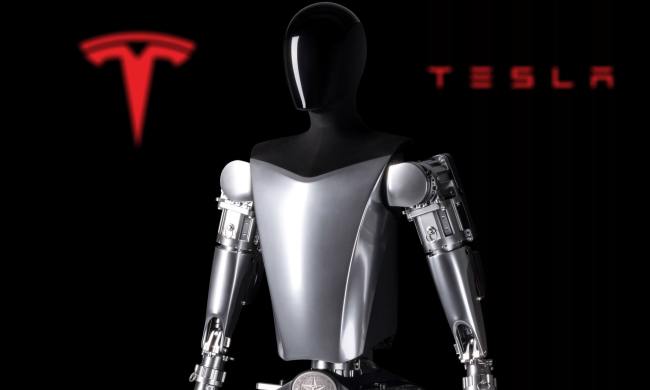Five billionaires walk into a room … and decide to build the world’s largest superyacht. The Quintessentially One, a 220-meter superyacht (that’s 722 feet) is set for a maiden voyage in 2019-2020, according to The Guardian.
The idea for the yacht, which they originally planned to launch in 2013, was indeed conceived when five unidentified billionaires each put up 8.5 million euros ($9 million) to fund it. That’s a lot of money, but still not enough to fund such a large superyacht. The total cost is estimated to be 250 million euros ($267 million).
More: Superyacht mothership concept breeds modular daughter apartments
The ship’s name comes from the majority owner and investor Quintessentially, an elite luxury lifestyle management and concierge service. The service will run the yacht for its members as a private club that just happens to be ocean-going. According to The Telegraph, membership in Quintessentially starts at 15,000 pounds ($18,816) annually. That fee does not include a residence on the ship or even a night in one of the 112 boutique hotel-style cabins. But those cabins will only be available to Quintessentially members, starting at $2,500 a night.
The five billionaires will each have leaseholds for the life of the ship for one of 12 planned onboard private residences, some of which have three floors. The remaining residences range in price from $8.5-12.8 million and in size up to an estimated 1,076 square feet. Owners of the private residences will have sole access to elite-among-the-elite facilities and services including a private restaurant, private bar, and complimentary spa treatments.
More: The biggest, baddest, most extravagant superyachts ever conceived
Why build a ship that never docks for long in one place and costs so much even for one night, even if you can easily afford it? The answer lies in part in where the Quintessentially will travel, which is where the ultra-rich typically flock each season. Destinations for the 2019-2020 voyage include such events as the Cannes Film Festival, Rio Carnival in Rio de Janiero, and F1 Grand Prix races in Barcelona, Abu Dhabi, Monaco, and Monte Carlo. Other stops include Miami, Havana, Aruba, Grenada (can’t miss the Port Louis Grenada Sailing Festival), Istanbul, Beirut, Alexandria, Lisbon, Las Palmas, and London.
“It will travel the globe to where the wealthy want to go and be seen,” Quintessentially co-founder Aaron Simpson said. “We know the events where there is huge demand and not enough supply. It will be the world’s largest floating private membership club. Where the traditional cruise model is to go somewhere, dock and get off; we will dock and people will want to get on.”

You could argue, as some have, that it’s not correct to call Quintessentially One a superyacht, which ordinarily implies a single owner. The 180-meter (592-foot) superyacht Motor Yacht Azzam, built by German shipbuilder Lürssen for Sheikh Khalifa bin Zayed Al Nahyan and launched in 2013, is the largest superyacht owned by an individual. It’s probably more accurate to refer to the Quintessentially One as a private residential cruise ship.
The heretofore most famous and largest private residential cruise ship is The World, at 196 meters (634 feet). The World, which launched in 2002 and circumnavigates the earth every 2-3 years, is privately owned by its residents who consist of 142 families from 19 countries (49 percent from the U.S.). At 220 meters, Quintessentially One is 40 meters longer than Azzam and 24 meters longer than The World.
According to The Guardian debt financing for Quintessentially One is being conducted in Norway and Italy, where the superyacht will be built.



